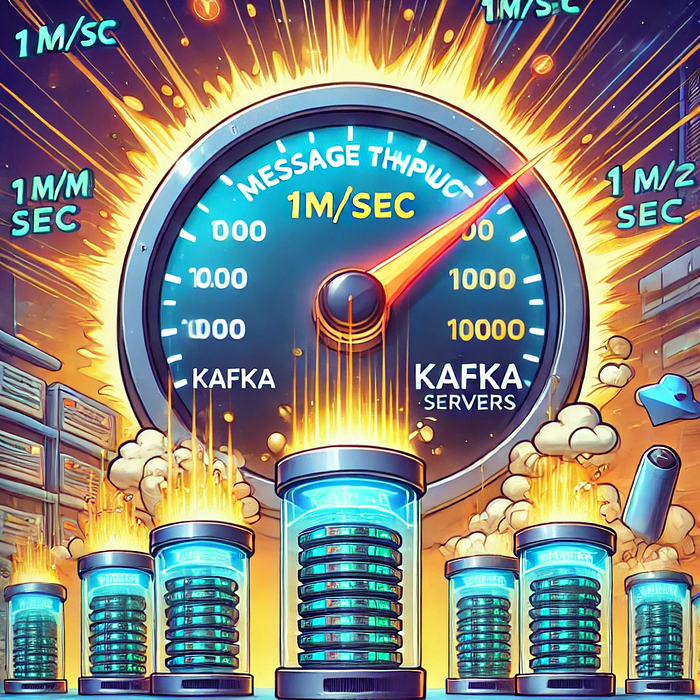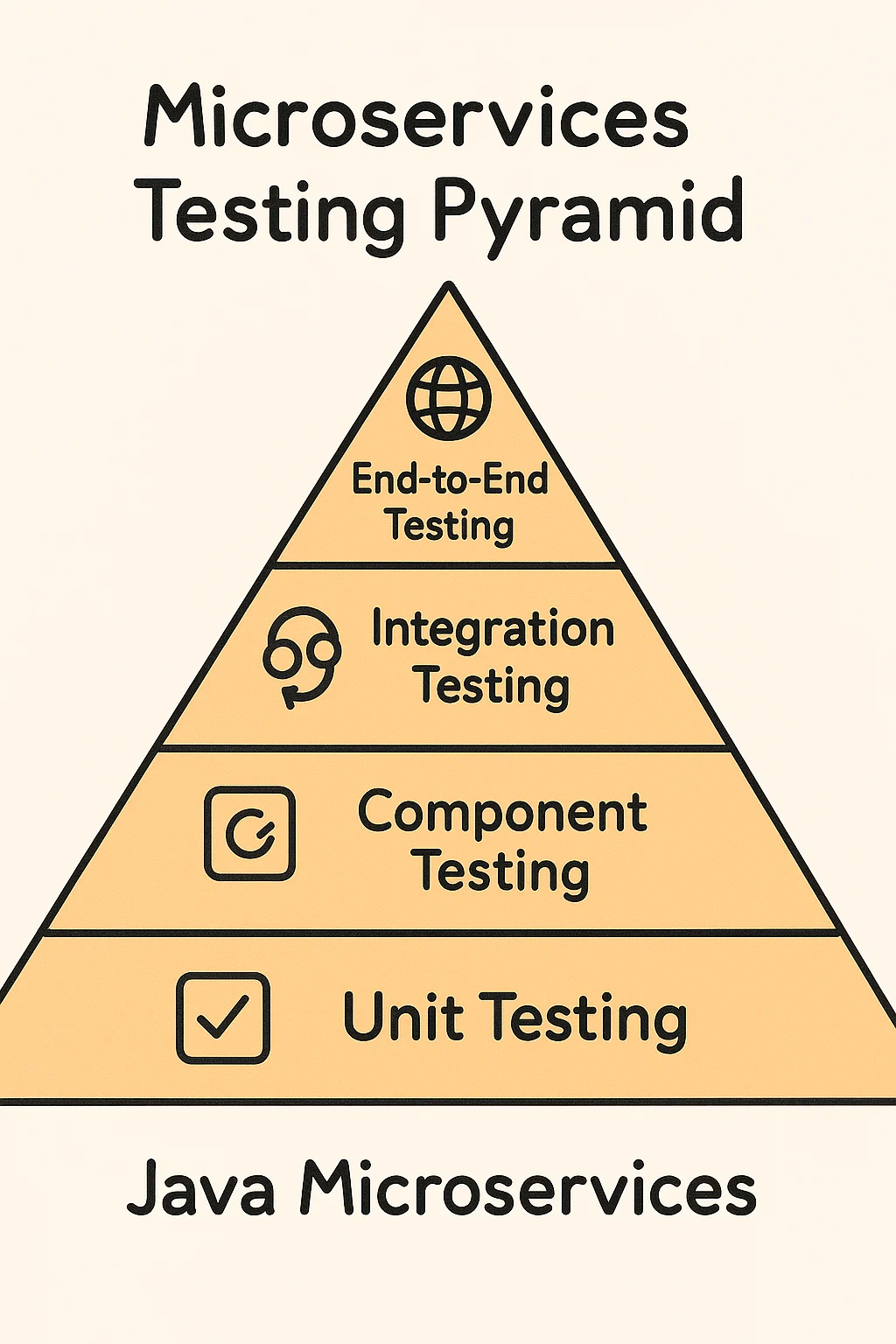Handling 1 Million Messages per Second with Kafka & Spring Boot

Views: 10

Mission: Real-Time Throughput at Scale
Bob, our favorite builder, now works at a fast-growing fintech company. His task? Build a real-time transaction processor that can handle 1 million messages per second.
This isn’t your typical “Hello World” microservice. This is the real deal — Kafka + Spring Boot + production-grade tuning.
What You’ll Learn
✔ Kafka architecture that supports million-scale throughput
✔ Spring Boot Kafka producer/consumer tuning
✔ Partitioning, batching, compression, and parallelism
✔ Real-world deployment and performance benchmarks
1 Understanding the Challenge
Bob’s system needs to:
- Process 1 million events per second
- Guarantee low latency (<10ms)
- Be resilient to failures
- Scale horizontally without falling over
He chooses Apache Kafka for its distributed log-based architecture and high-throughput streaming capability.
2 Kafka Setup: Scaling with Partitions & Brokers

Bob starts with Kafka cluster design.
Real-Life Analogy:
Think of each Kafka partition as a checkout counter at a supermarket. The more counters, the more customers (messages) you can serve in parallel.
Kafka Tuning for 1M/s

3 Spring Boot Kafka Producer Setup
Bob configures his Kafka producers to optimize performance.
application.yml
spring:
kafka:
producer:
batch-size: 32768
buffer-memory: 67108864
compression-type: lz4
acks: 1
linger-ms: 10
retries: 1TransactionEventProducer.java
@Autowired
private KafkaTemplate<String, String> kafkaTemplate;
public void send(String topic, String message) {
kafkaTemplate.send(topic, message);
}Tip: Use ProducerRecord if you want to control partitioning manually.
4 Spring Boot Kafka Consumer Setup
Bob now sets up high-speed consumers.
application.yml
spring:
kafka:
consumer:
group-id: high-speed-consumers
max-poll-records: 1000
fetch-min-size: 50000
fetch-max-wait: 500
enable-auto-commit: falseTransactionEventListener.java
@KafkaListener(topics = "transactions", concurrency = "10")
public void consume(String message) {
// High-speed processing logic
}✔ Set concurrency = number of partitions / cores to scale thread processing.
5 Batching, Compression, and Parallelism

To push the system toward 1M messages/sec, Bob applies:
- Batch sending (linger.ms + batch.size)
- Compression (lz4) reduces network IO
- Consumer concurrency to leverage all CPU cores
- Message keying for even partition distribution
Use Avro or Protobuf instead of JSON to save 40–70% in message size.
6 Benchmarks: Real-World Results
Bob deploys his system in Kubernetes using:
- Kafka (3 brokers, 100 partitions)
- 3 Producer pods, 6 Consumer pods
- 8 vCPU, 16 GB RAM per pod
Results:
- ~1.05 million messages/sec sustained
- < 10 ms average latency
- 99.99% delivery success with retries + acks=1
7 Real-World Tools & Monitoring
Bob integrates:
- Prometheus + Grafana: For Kafka and Spring metrics
- Kafka Manager / Kowl: To inspect topic health
- Loki + Fluentd: For log aggregation
✔ Track:
- Lag per partition
- Consumer group offsets
- Producer throughput
- JVM memory and GC
Find us
linkedin Shant Khayalian
Facebook Balian’s
X-platform Balian’s
web Balian’s
Youtube Balian’s
#kafka #springboot #highthroughput #realtimesystems #messagingarchitecture #scalablesystems #microservices #javaperformance #eventdrivenarchitecture



